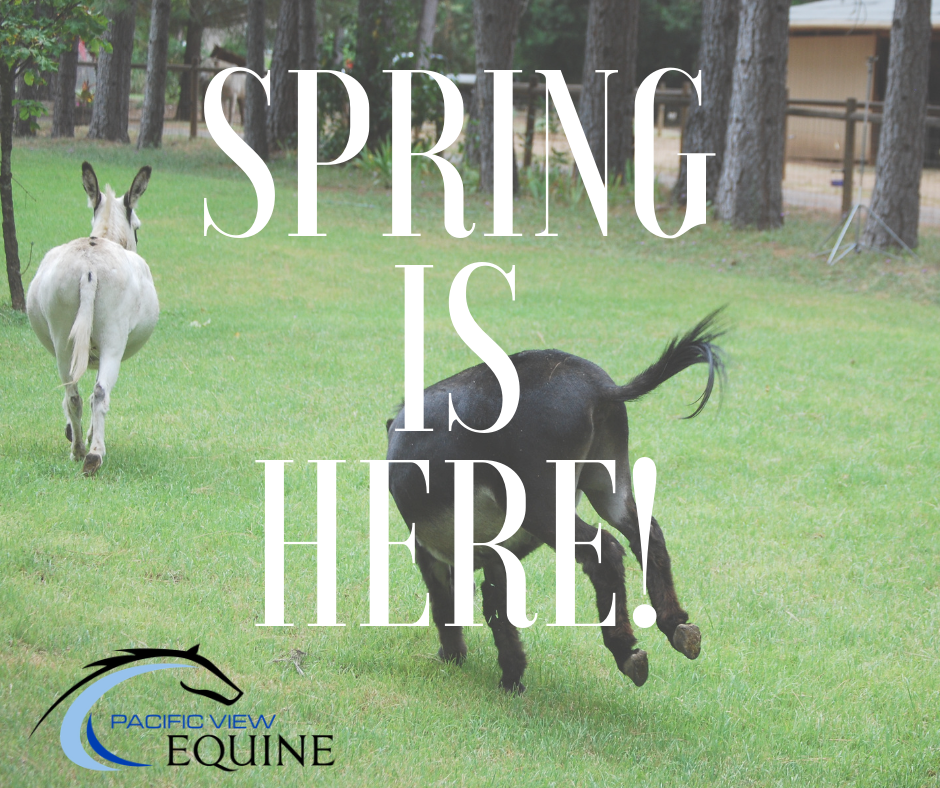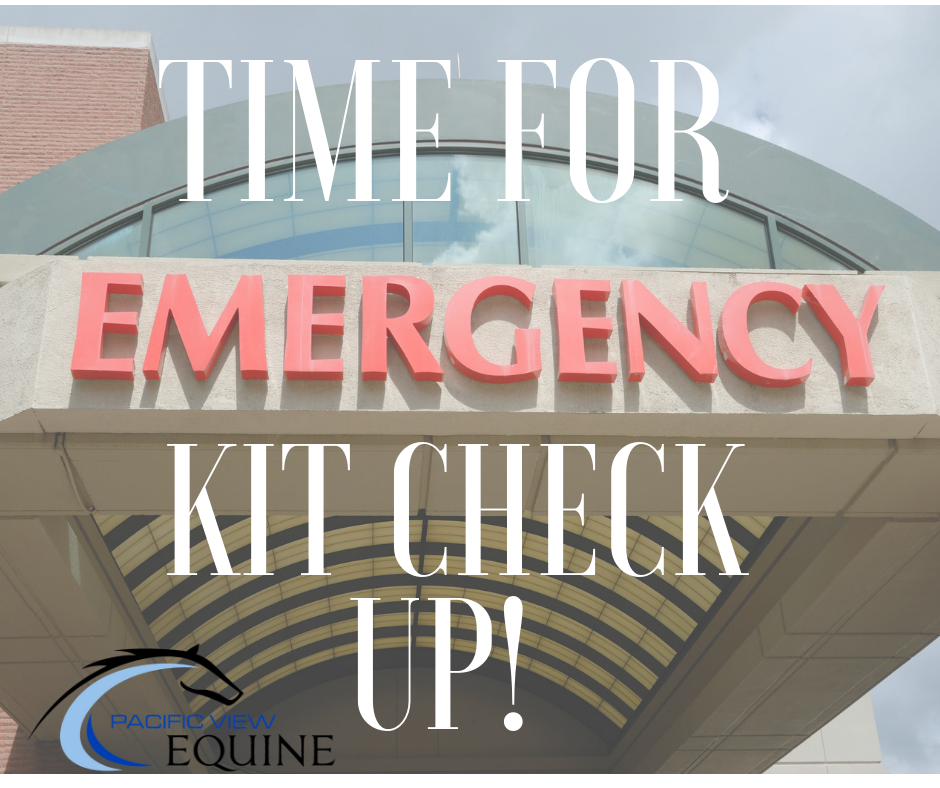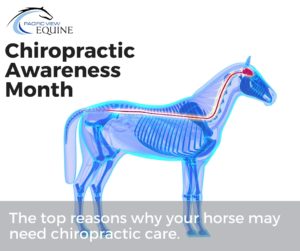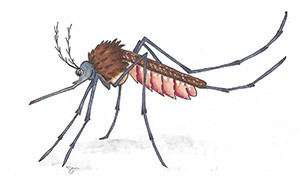Southern California’s recent rainfall has resulted in a higher number of hoof abscesses in horses, causing acute lameness and frustration for owners. These abscesses can cause moderate to severe toe-touching lameness.
Horses may be more likely to develop a hoof abscess following rainstorms for several reasons:
- Moisture – Rain can soften and weaken the hoof wall, making it more susceptible to cracks and tears, which can allow bacteria to enter the hoof and cause an abscess.
- Mud – Wet and muddy conditions can trap debris and bacteria in the hoof, increasing the risk of infection.
- Bruising – We have fairly rocky ground in southern California. When the horse’s foot is softer from the excessive moisture, that rocky ground can lead to sole bruising. That bruising can develop into an abscess.
- Reduced circulation – Cold and wet conditions can constrict blood vessels, reducing blood flow to the hooves and making it more difficult for the horse’s immune system to fight off infection.
- Reduced grooming – Wet and muddy conditions can make it more difficult to groom horses properly, leading to a build-up of dirt, bacteria, and other contaminants in the hooves.
Treatment of a hoof abscess in a horse typically involves the following:
- Identify the location of the abscess – The first step in treating a hoof abscess is to locate the point of infection. I use hoof testers to localize the area of maximal soreness in the hoof. Feeling for areas of heat and changes in digital pulses can also help direct you to the area of a hoof abscess.
- Drain the abscess – Sometimes, by paring in the area of soreness, we can open and drain the abscess. However, more often, the abscess will have to find its way out and this usually occurs along the coronary band.
- Soak the hoof – When an abscess cannot be opened, we facilitate drainage by soaking the hoof in water + Epsom salts. It is important to make sure the soaking solution is deep enough that the foot all the way to the pastern can be submerged. Soaking for 20-30 minutes 1-2 times daily is recommended.
- Apply a poultice – After the hoof has been soaked, an Epsom-salt based poultice like Magnapaste should be applied. The hoof should then be wrapped (a size 1 disposable baby diaper works well), followed by a boot or duct tape foot bandage to keep the foot dry and out of the mud/muck.
Most hoof abscesses will resolve in 3-5 days, but some may take longer. If you are dealing with a difficult abscess or are unsure if your horse has a hoof abscess, please call or message us to setup an appointment.





